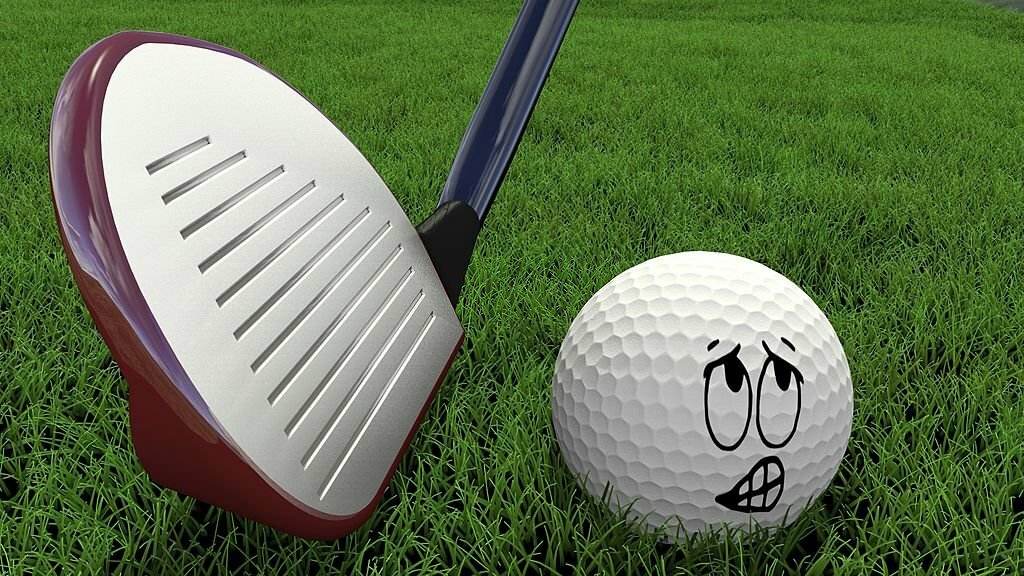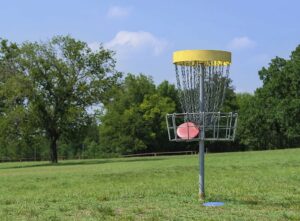Welcome to “Rise Above the Rim: Exploring the Evolution of Basketball Hoop Heights.” In this blog post, we will delve into the standard height of a basketball hoop, trace its historical evolution, and examine its impact on the game. Whether you’re a passionate basketball player or simply curious about the sport’s development, join us as we uncover fascinating insights into this fundamental aspect of basketball.
The Standard Height of a Basketball Hoop
Regulation height for a basketball hoop is 10 feet. This standard has been set by various basketball organizations, including the NBA and NCAA, as it provides a challenging yet achievable goal for players of all skill levels. Youth and recreational hoops may have adjustable heights to accommodate different age groups, but typically range from 7 to 8 feet. It’s important to note that these measurements are taken from the ground up to the top edge of the rim, excluding any additional height added by backboards or padding.
Regulation Height
NBA and FIBA standards dictate that the regulation height for a basketball hoop is 10 feet. This consistent measurement ensures fairness and uniformity across professional leagues worldwide. Throughout history, there have been variations in hoop heights, with the second grade standardizing it at 8 feet to accommodate younger players. Nevertheless, maintaining a standardized height of 10 feet has had a profound effect on the game, challenging athletes to rise above the rim and showcasing their skills in dunking and shooting from various angles. The combination of a 10-foot hoop height with a backboard measuring 42 inches wide by 72 inches tall provides an optimal target for players aiming to score baskets with precision using both hands or one-handed shots.”

Youth and Recreational Hoop Heights
Age-Based Adjustments are essential when it comes to Youth and Recreational Hoop Heights. For young players, the standard height of 10 feet may not be suitable or safe. Adjusting the hoop height based on age allows children in lower grades, such as 2nd grade, to enjoy basketball without feeling overwhelmed by a towering goal.
The Importance of Proper Height cannot be overstated in youth and recreational basketball. Setting the hoop at an appropriate height ensures that players can develop their skills and techniques effectively. A common variation for younger kids is lowering the hoop to around 8 feet or even 5 feet for toddlers, which enables them to practice shooting and scoring with more ease. If you’re 14 year old then you can follow this article, Basketball hoop height for 14 year old.
Historical Evolution of Hoop Heights
Early Origins and Variations: Basketball, in its earliest form, was played with a simple hoop nailed to a wooden pole. The height of these makeshift hoops varied from game to game, as players would often adjust it based on their own preferences or the available equipment. This lack of standardization led to inconsistent gameplay and made it difficult for teams to compete on an equal playing field.
Establishment of Standard Heights: In order to create uniformity in the sport, basketball officials started implementing standardized hoop heights. In 1893, Dr. James Naismith, the inventor of basketball, established a regulation height of 10 feet for all official games. This decision provided clarity and consistency across different courts and leagues around the world.
Changes in Hoop Heights Over Time: While the standard hoop height remains at 10 feet today, there have been discussions about potentially adjusting it due to evolving player capabilities and strategies. However, any proposed changes would require careful consideration as altering such a fundamental aspect could significantly impact the dynamics and traditions of the game.
Early Origins and Variations
In the early origins of basketball, Dr. James Naismith played a pivotal role in its development. His original game used peach baskets as makeshift hoops, with no specified hoop height. As the sport evolved, variations in hoop heights emerged across different early basketball games, depending on available equipment and preferences of players. It was not uncommon for unconventional objects like tree branches or lampposts to be used as makeshift basketball hoops during this time period.
Establishment of Standard Heights
Introduction of official basketball rules by the National Basketball Association (NBA) marked a significant milestone in the establishment of standard heights for basketball hoops. The standardization process involved careful consideration of various factors to determine the optimal height, such as player safety, fairness, and skill development. As a result, standardized hoop heights have become an integral part of modern basketball gameplay.

Changes in Hoop Heights Over Time
Evolutionary changes in hoop heights throughout the early years have shaped the game of basketball as we know it today. Starting from the ‘Peach Basket’ era to modern-day metal rims, advances in technology have influenced adjustments in height requirements. These alterations were necessary to accommodate varying player skills and strategies, ensuring that the game remains challenging yet accessible.
- The transition from using peach baskets as goals to adding metal rims led to a shift in hoop heights.
- Technological advancements allowed for adjustable hoops, providing flexibility for different levels of play.
- Changes in hoop heights enabled players to develop new techniques such as dunking and shooting from long distances.
- The evolution of basketball equipment mirrors the ever-changing nature of the sport itself.
Impact on the Game of Basketball
The increase in basketball hoop heights has had a significant impact on scoring and strategy. With higher hoops, players are forced to develop better shooting accuracy and range, as well as more creative offensive strategies to overcome the added challenge. This has led to a more dynamic and competitive game, with teams constantly adapting their tactics to stay one step ahead.
Furthermore, the evolution of basketball hoop heights has influenced player skills and development. As hoops have become taller over time, players have had to improve their vertical jump ability in order to effectively score and defend. This emphasis on athleticism has resulted in a new generation of players who possess unparalleled agility and leaping ability, transforming the game into an aerial spectacle that captivates fans worldwide.
Overall, the changing height of basketball hoops has revolutionized the sport by shaping scoring strategies and pushing athletes’ physical limits. It continues to be an integral part of basketball’s ongoing evolution as players strive for greatness above the rim.

Effects on Scoring and Strategy
Increased difficulty in scoring has been a prominent effect of the evolving basketball landscape. As defenses have become more focused and disciplined, players are encountering greater challenges in finding open lanes to drive to the basket or secure high-percentage shots near the rim. Consequently, teams have seen a shift towards outside shooting as an effective strategy to counteract these defensive tactics.
In this changing landscape, height and athleticism have gained even more importance on both ends of the court. With increased emphasis on perimeter shooting and swift defensive rotations, taller players can exploit their size advantage by contesting shots at a higher point and disrupting opponents’ offensive flow. Additionally, athletic ability is crucial for quick transitions from defense to offense as well as executing explosive moves that can create scoring opportunities against tighter defenses.
Influence on Player Skills and Development
- Emphasis on dunking ability: With the increased height of basketball hoops, players need to develop their dunking skills in order to score effectively.
- Development of shot-blocking skills: The higher hoop height requires players to improve their shot-blocking abilities in order to defend against opponents attempting high-arcing shots.
- Need for improved vertical leap: In order to reach the higher rim, players must focus on developing a stronger vertical leap, which can enhance overall performance and scoring opportunities.











